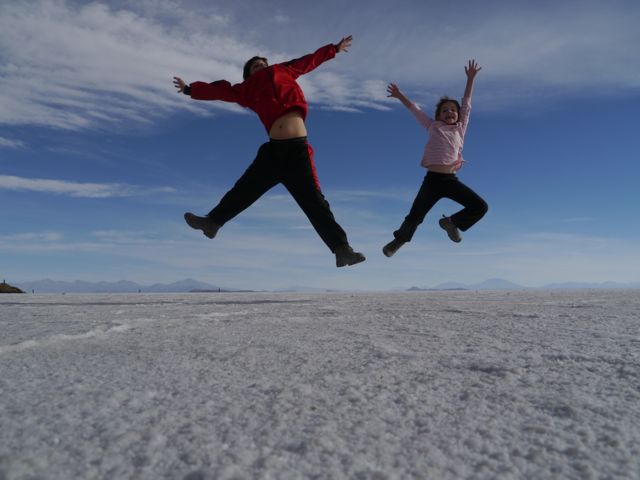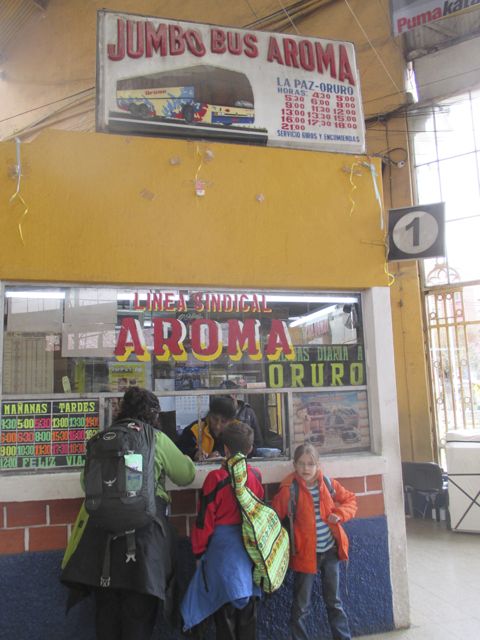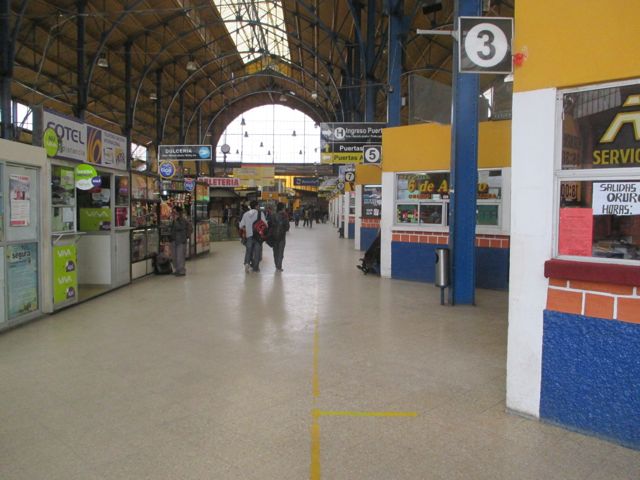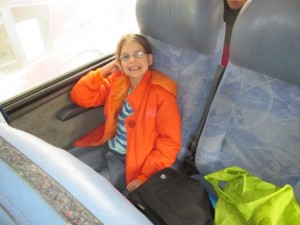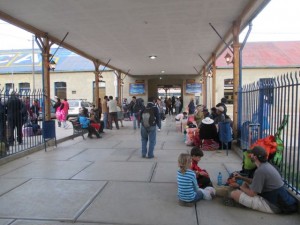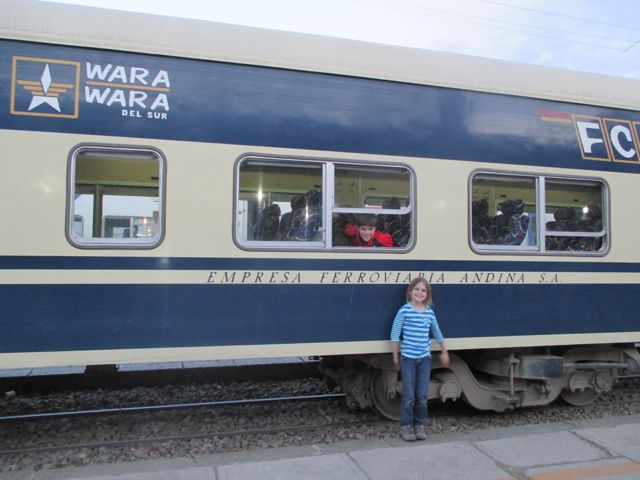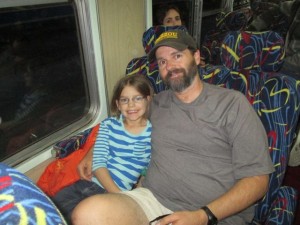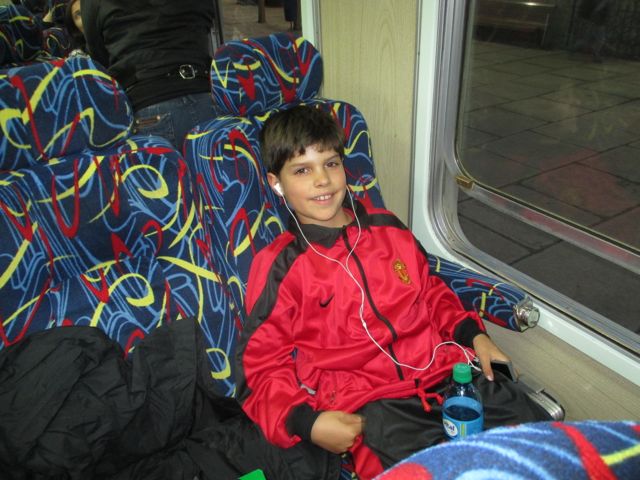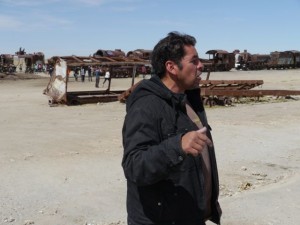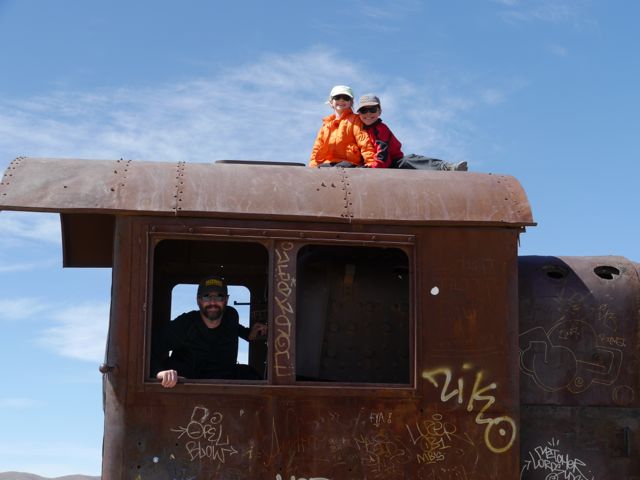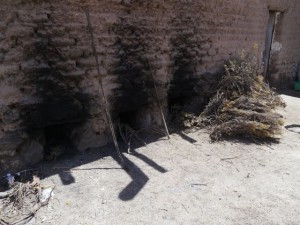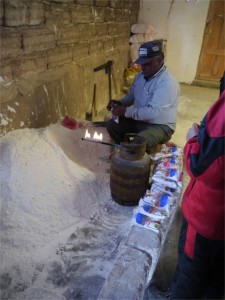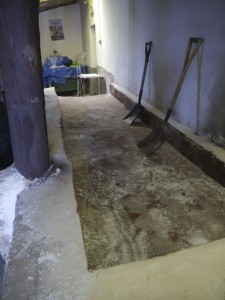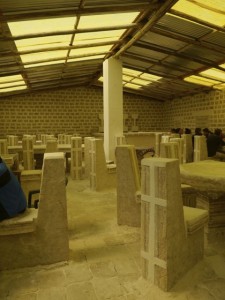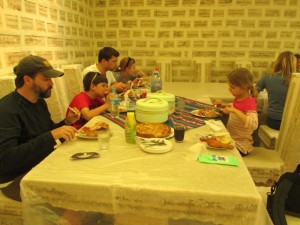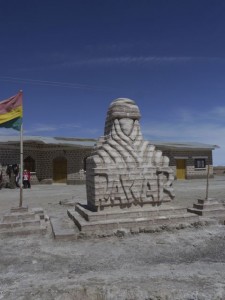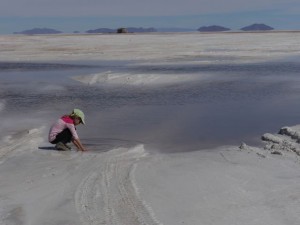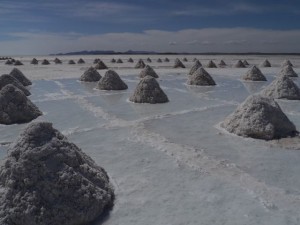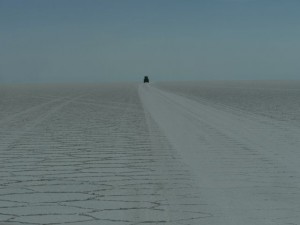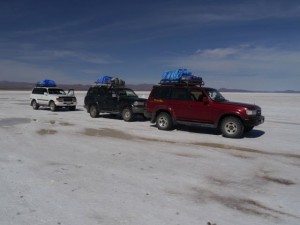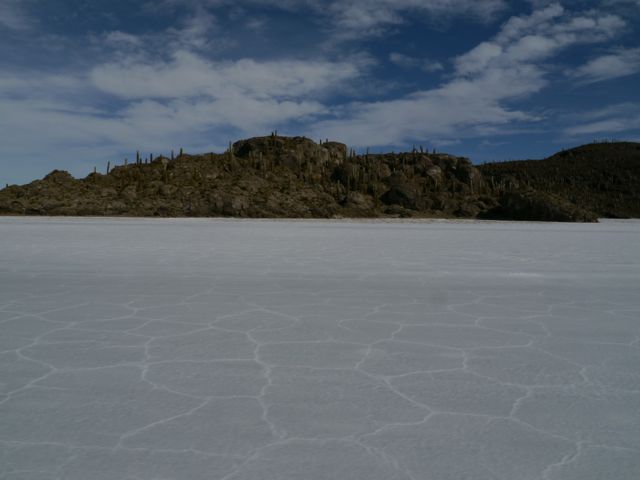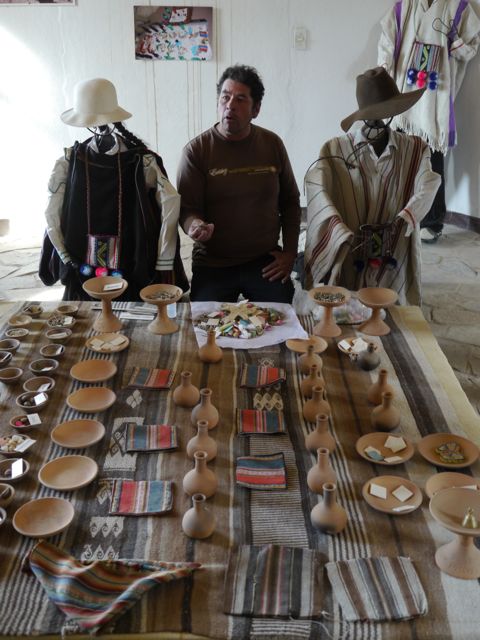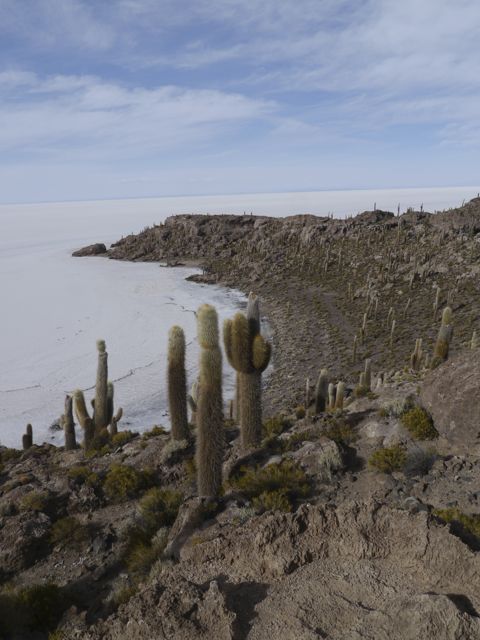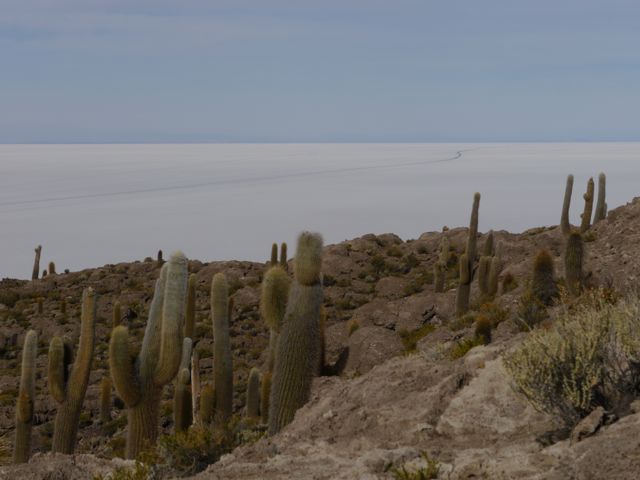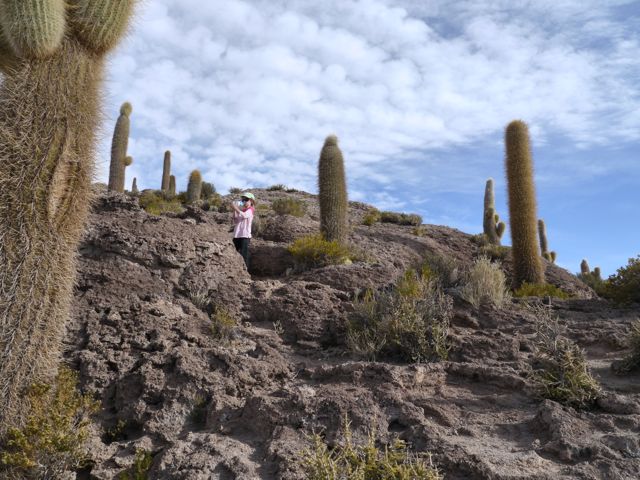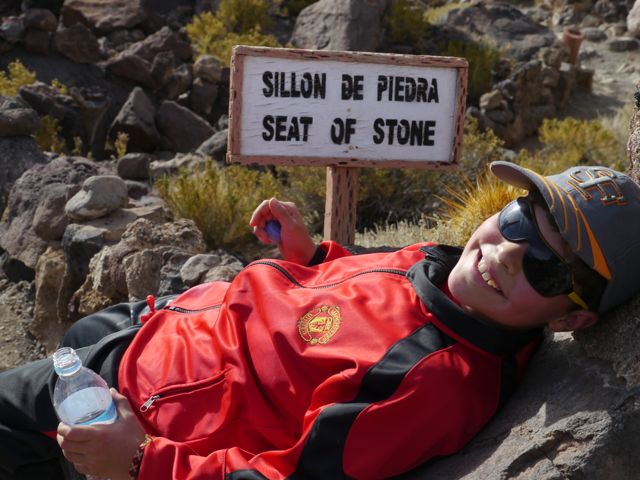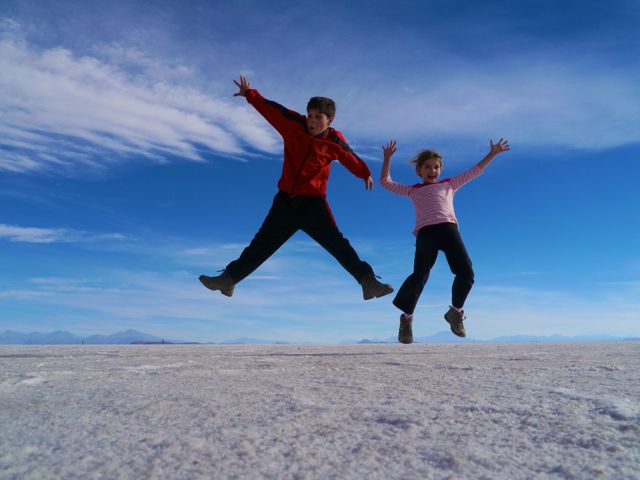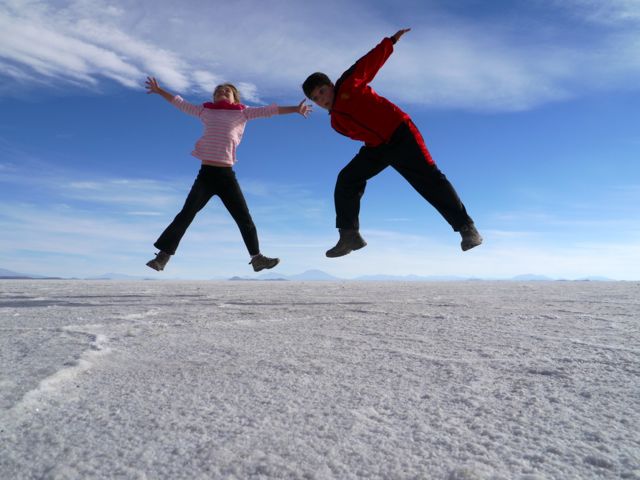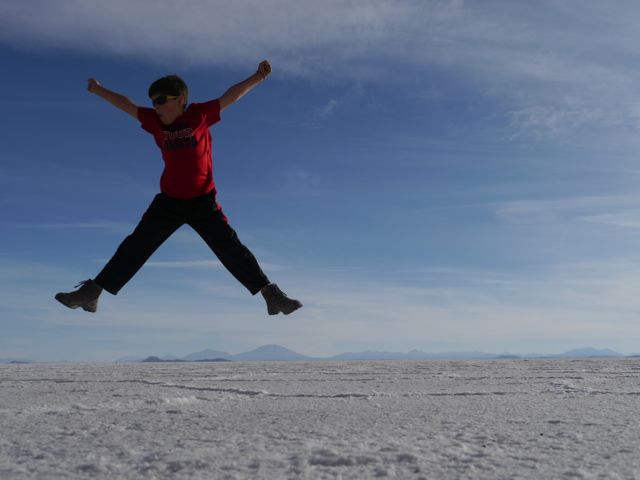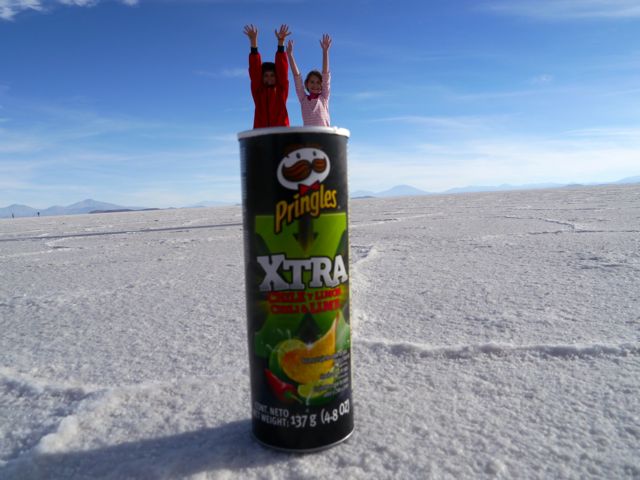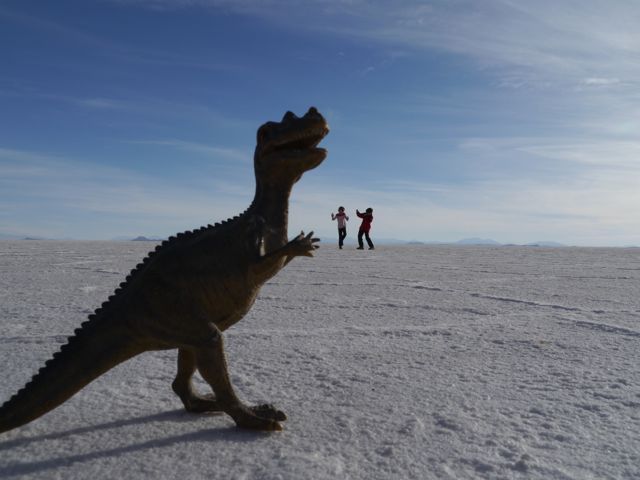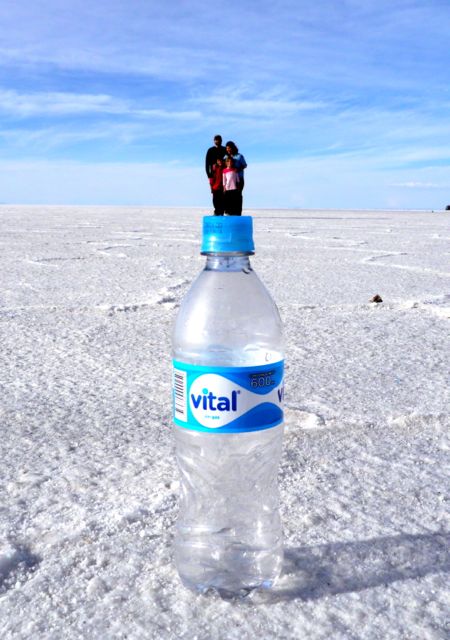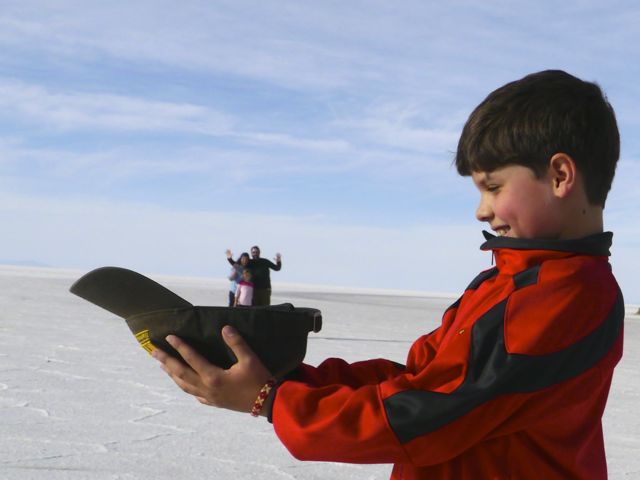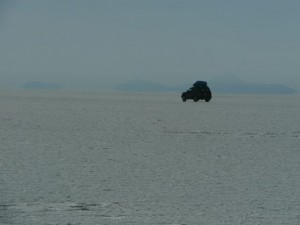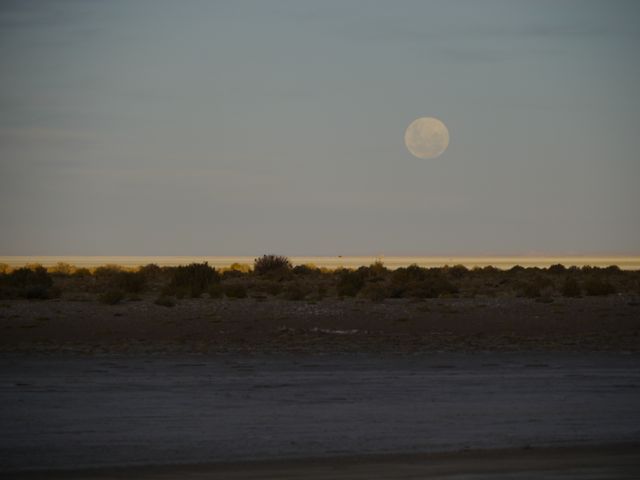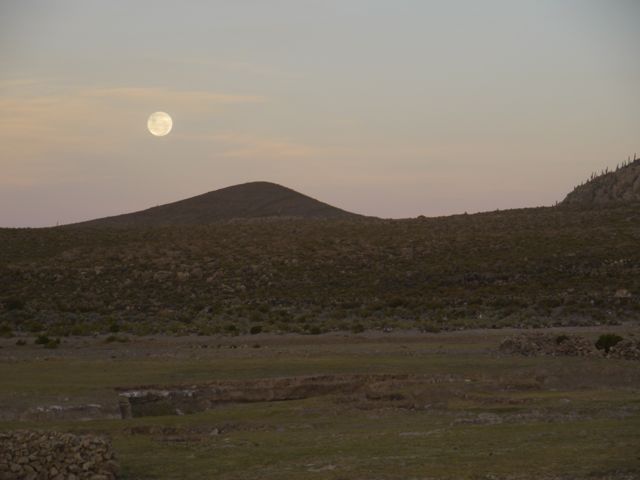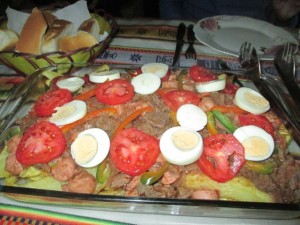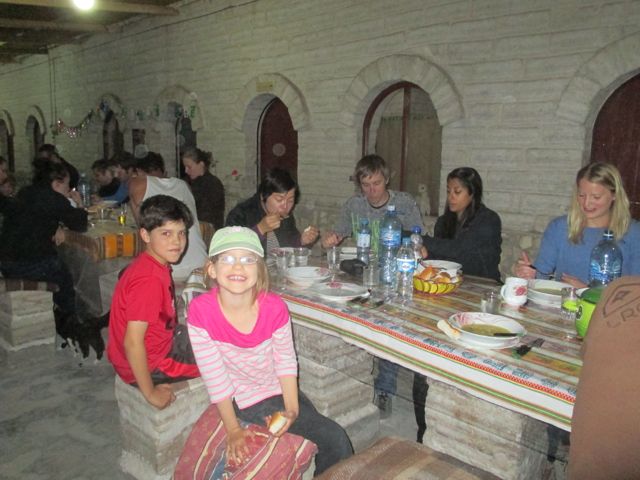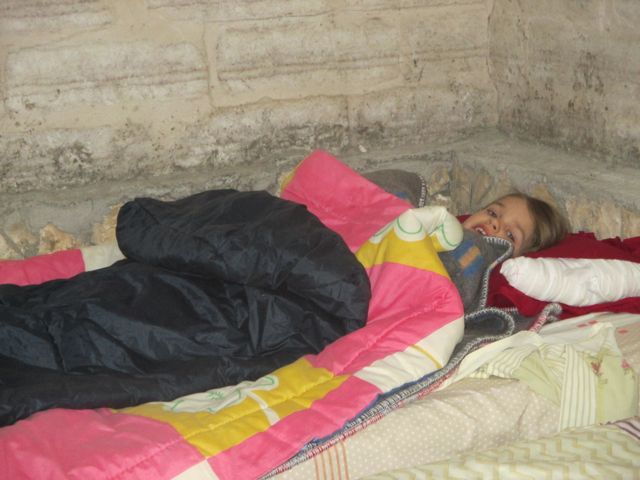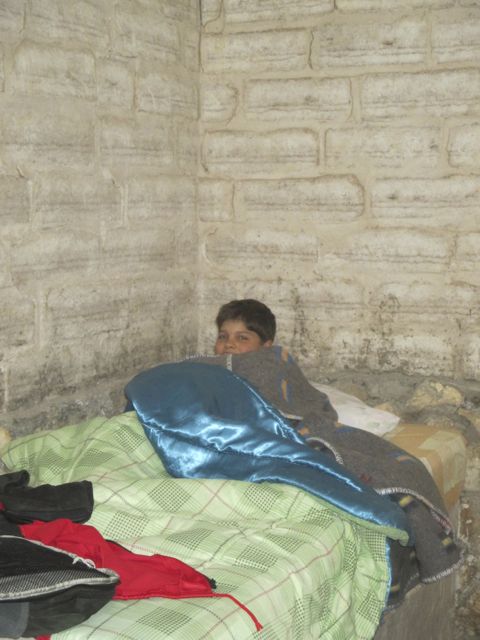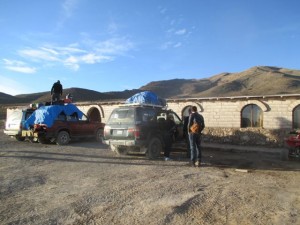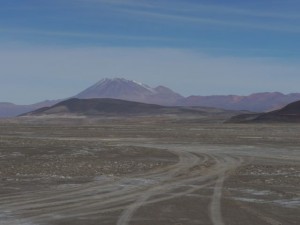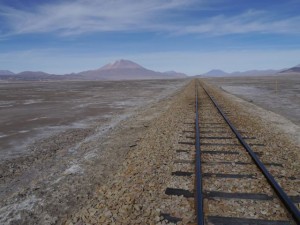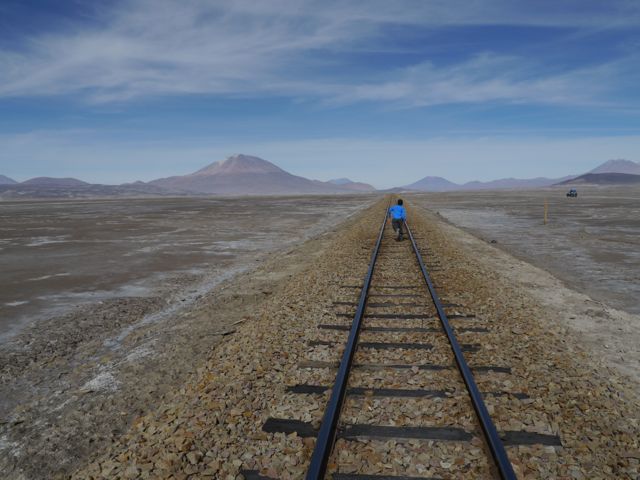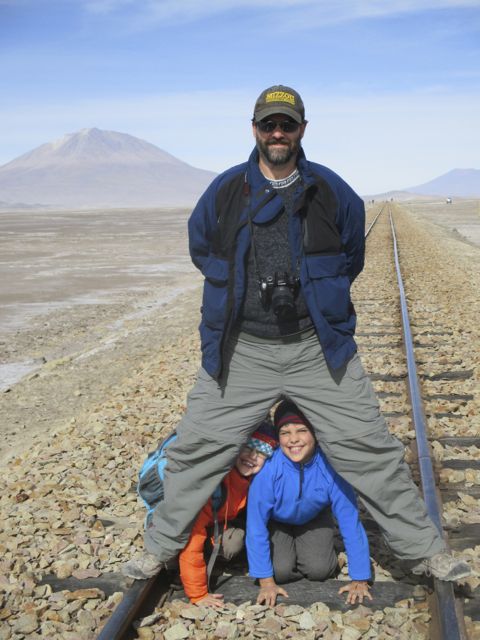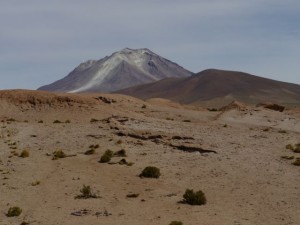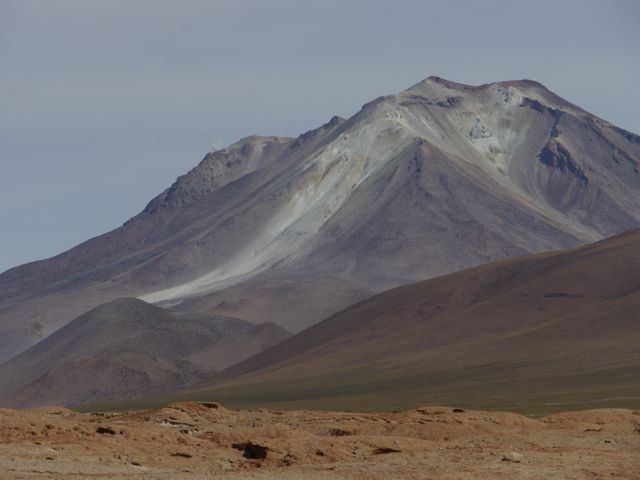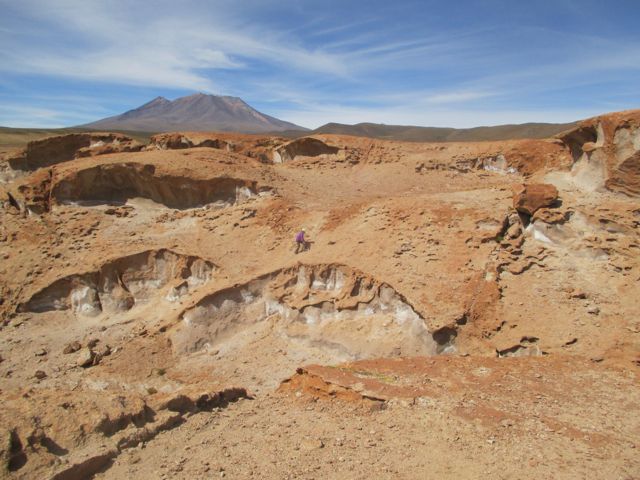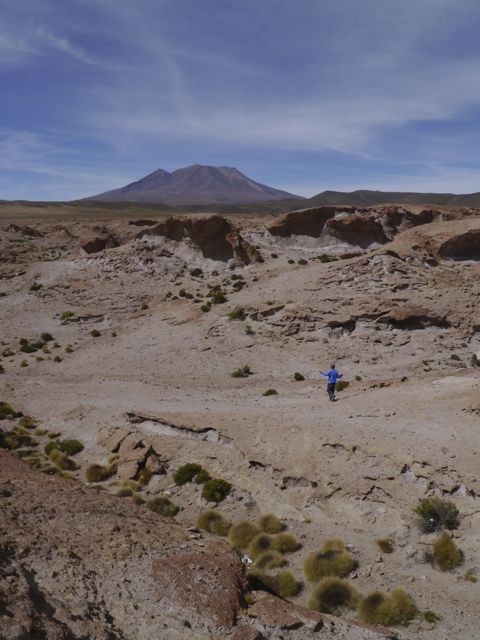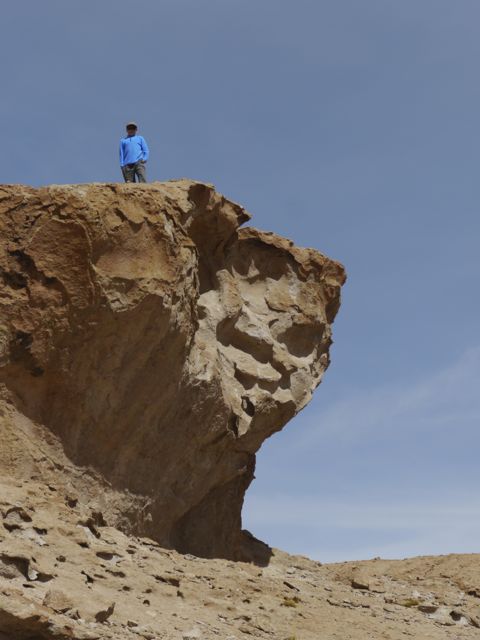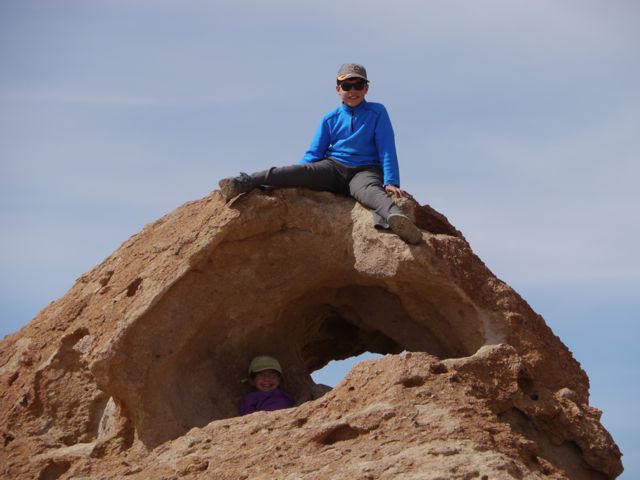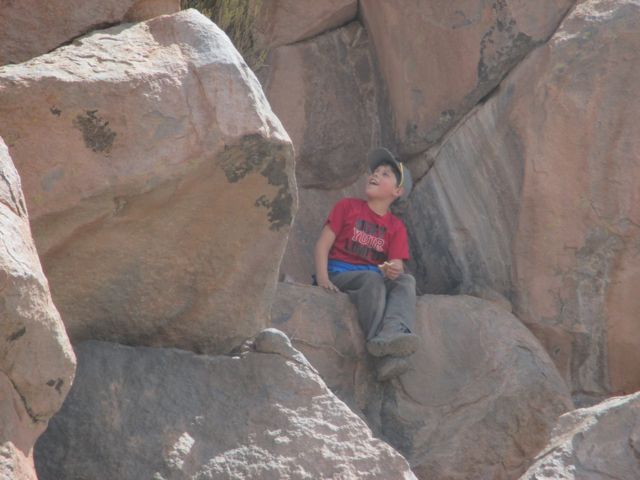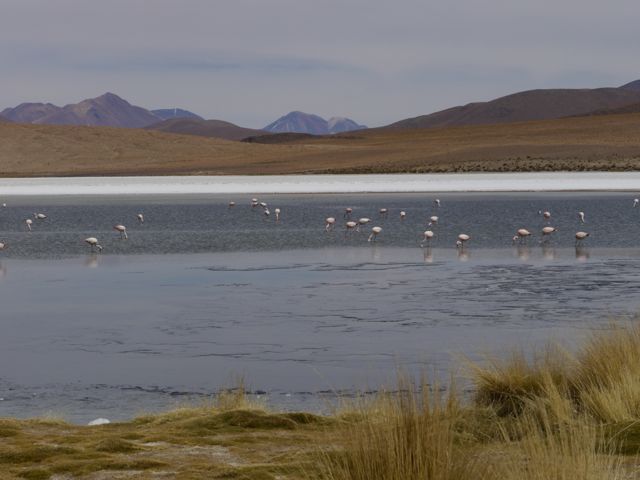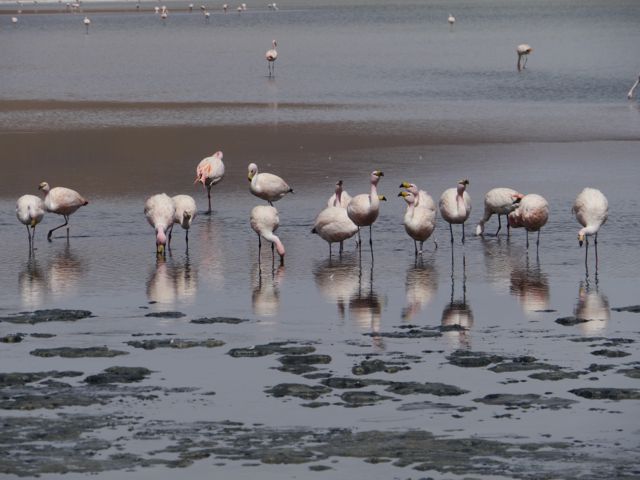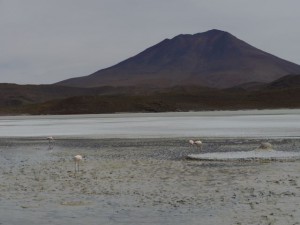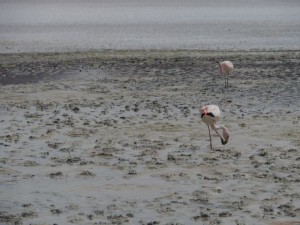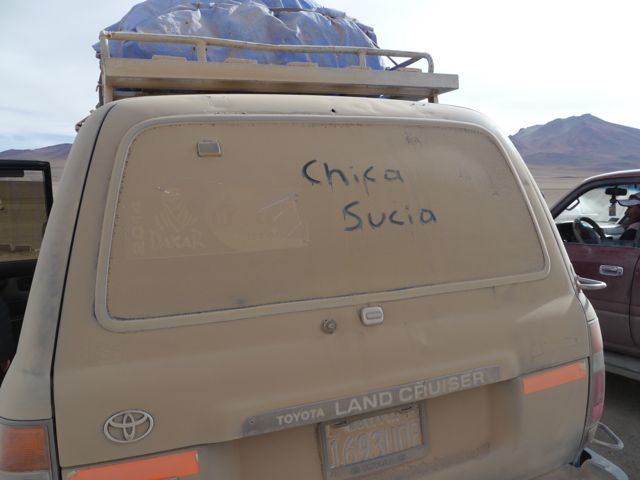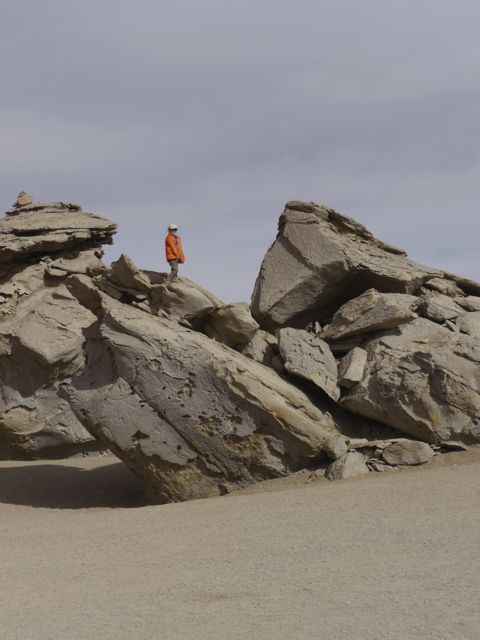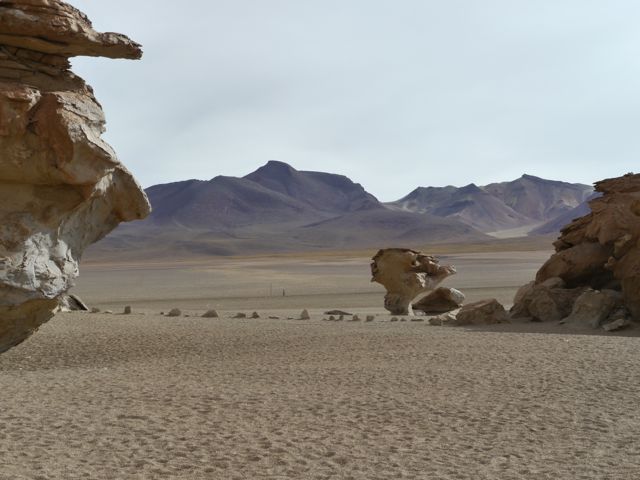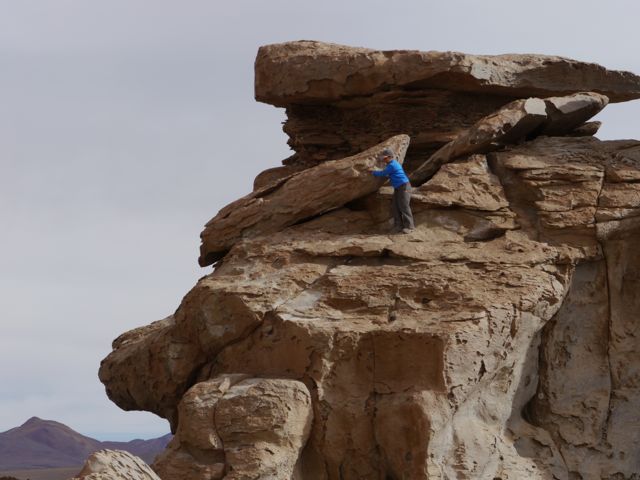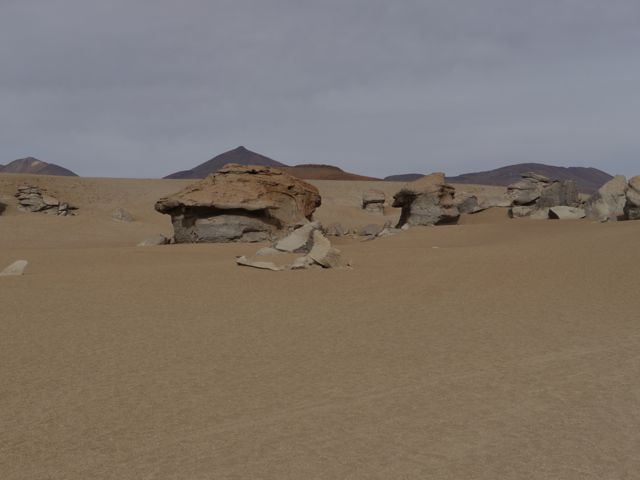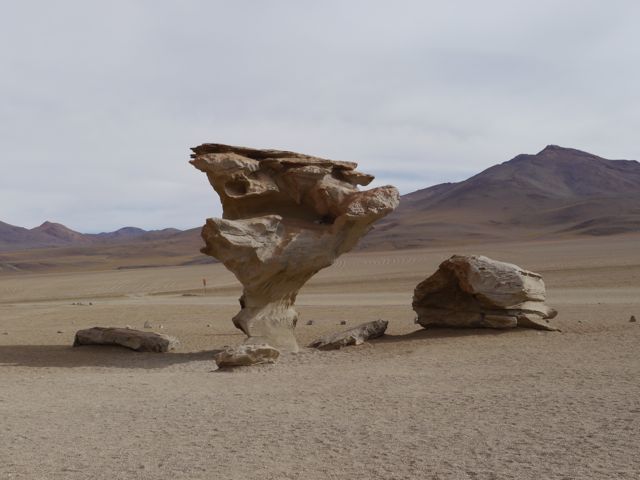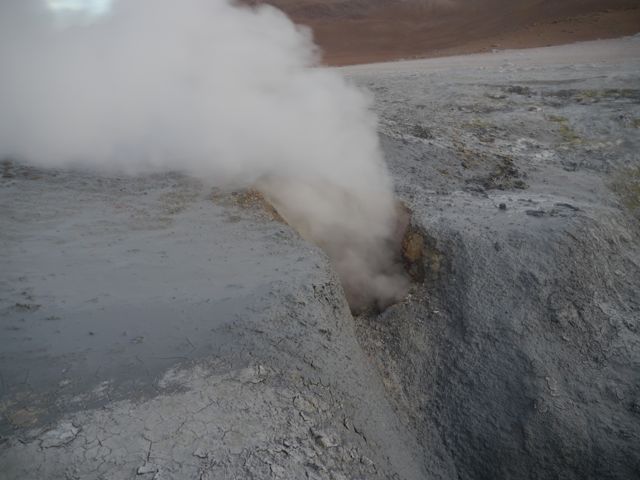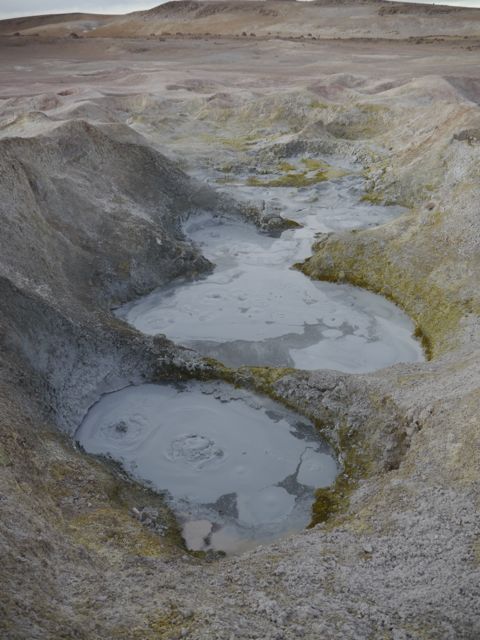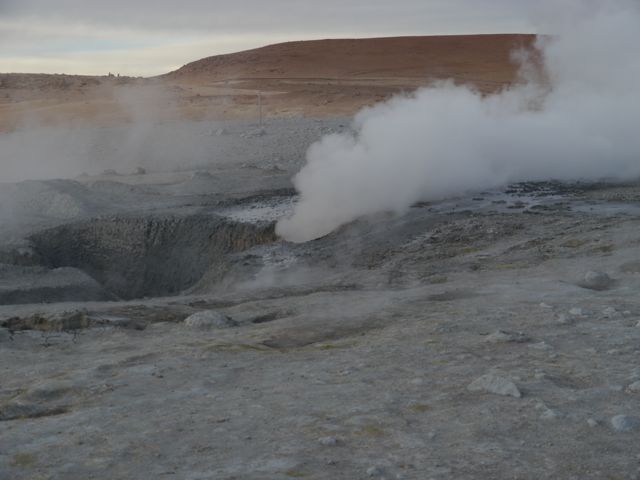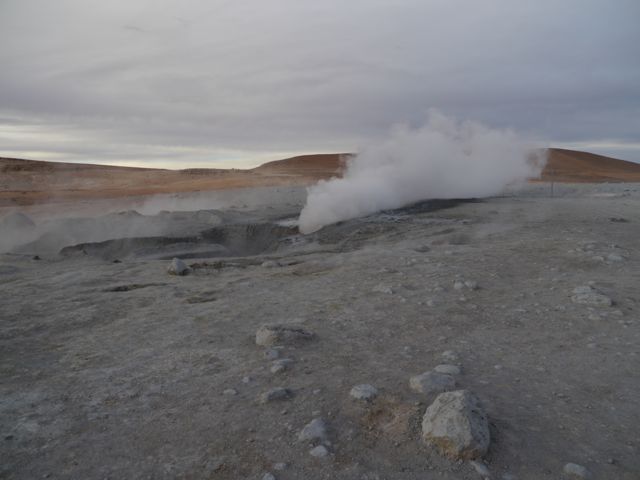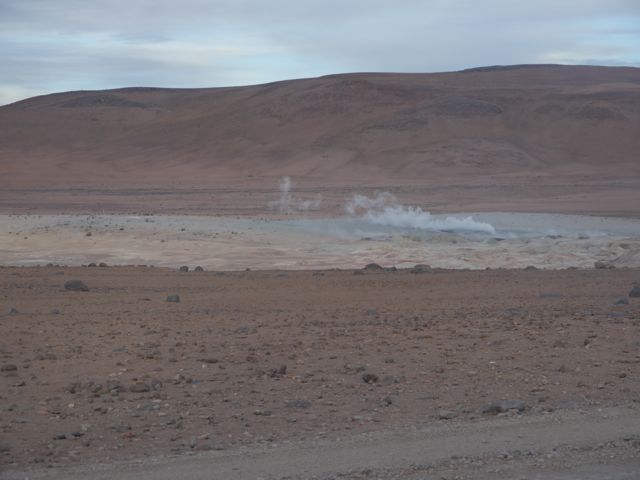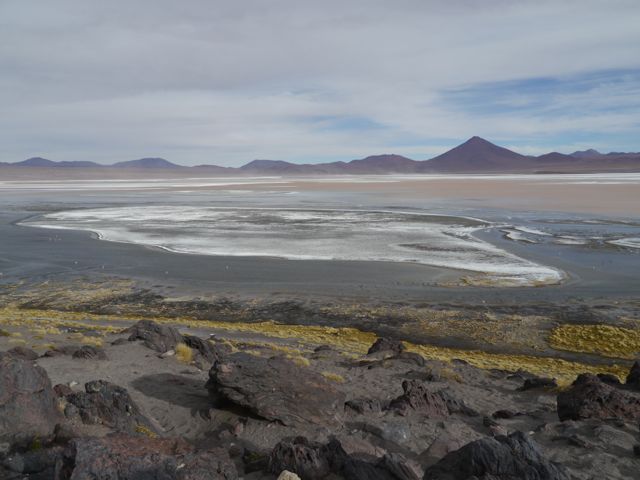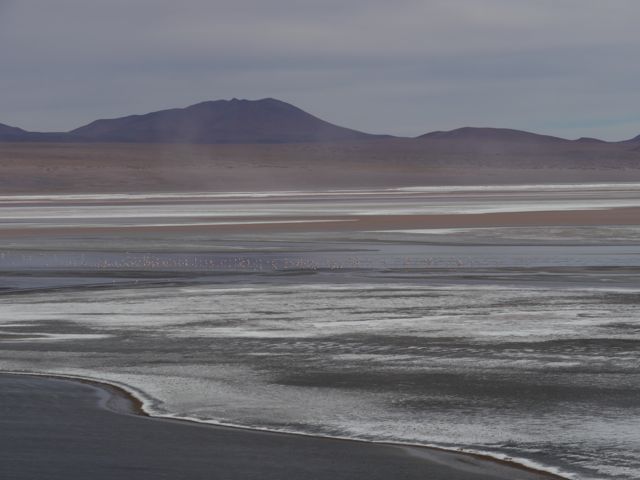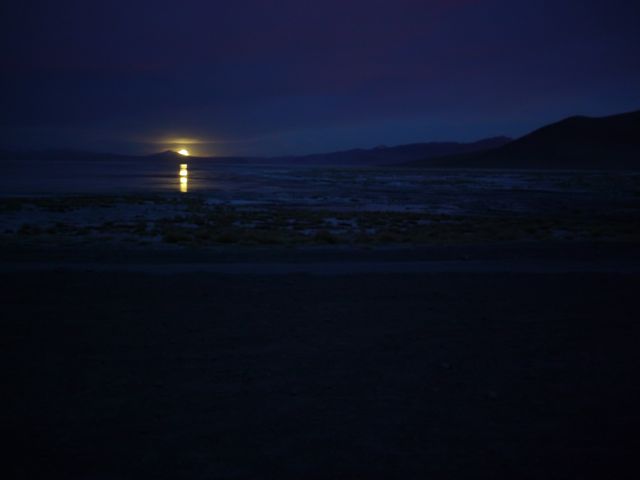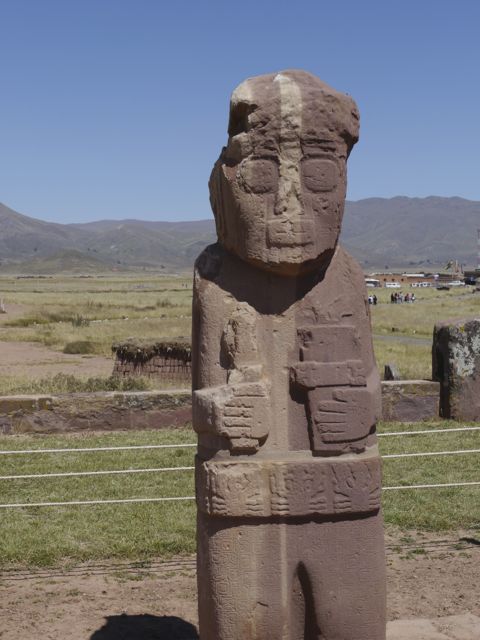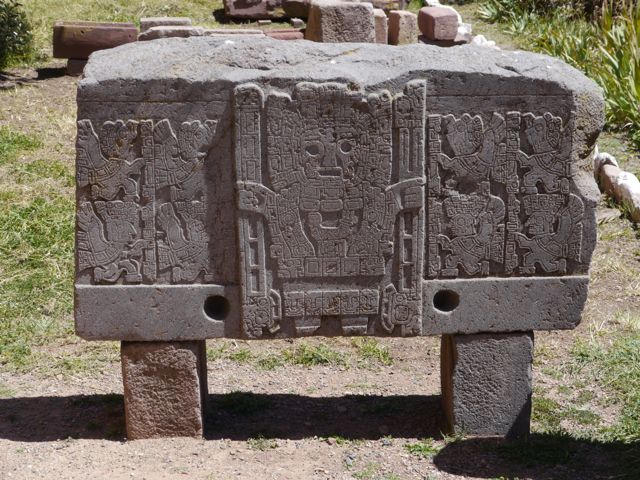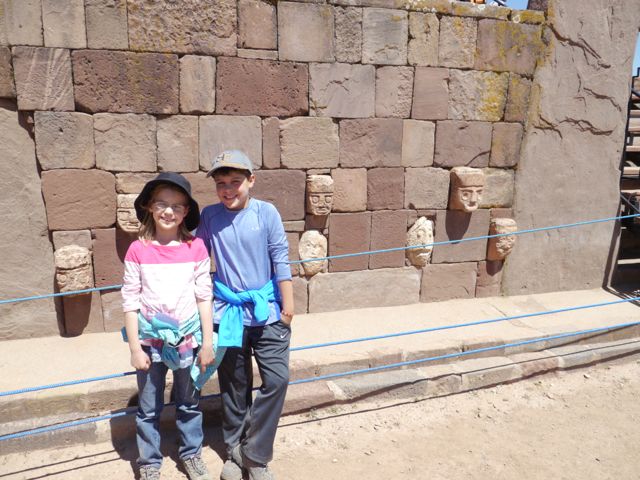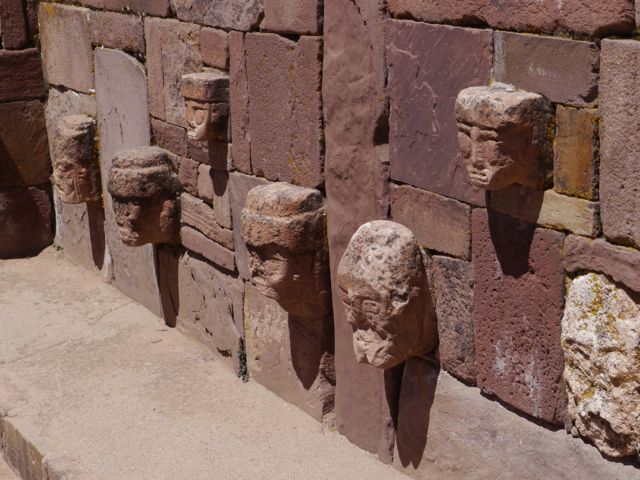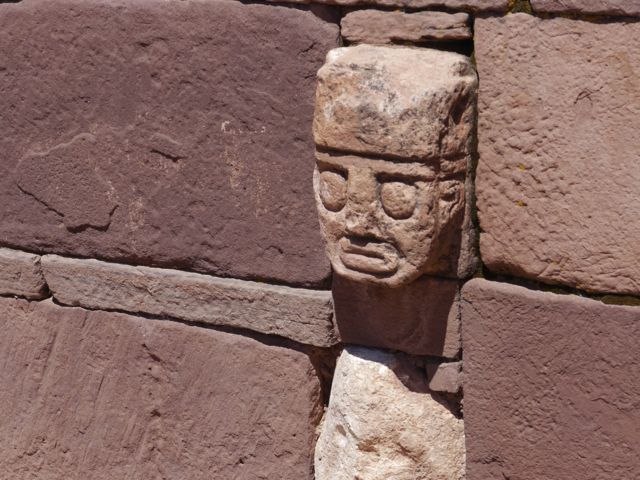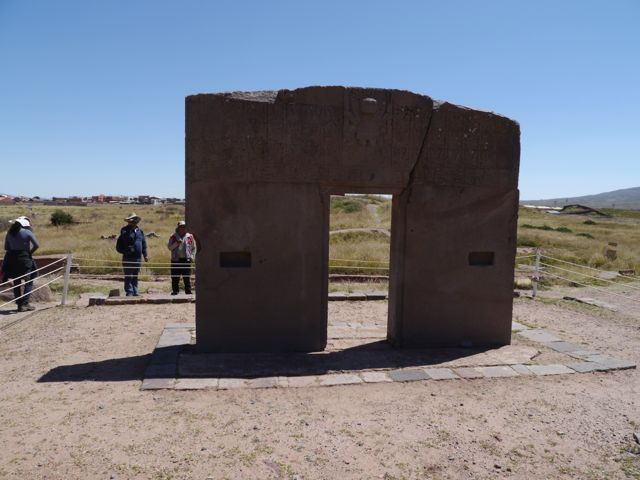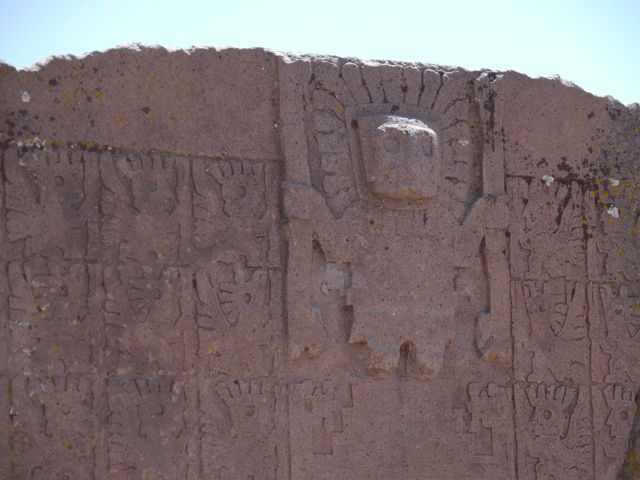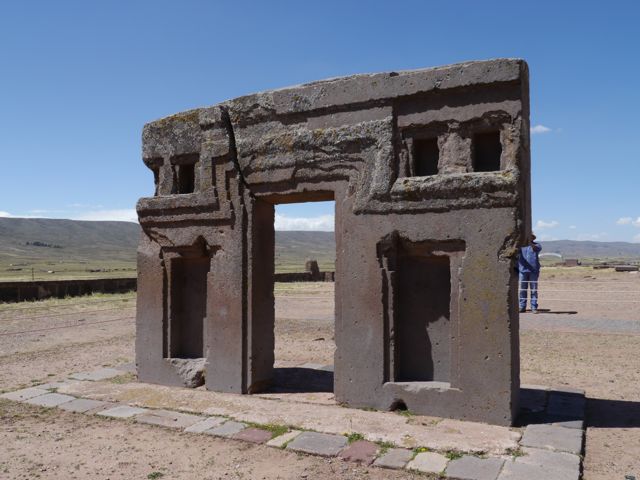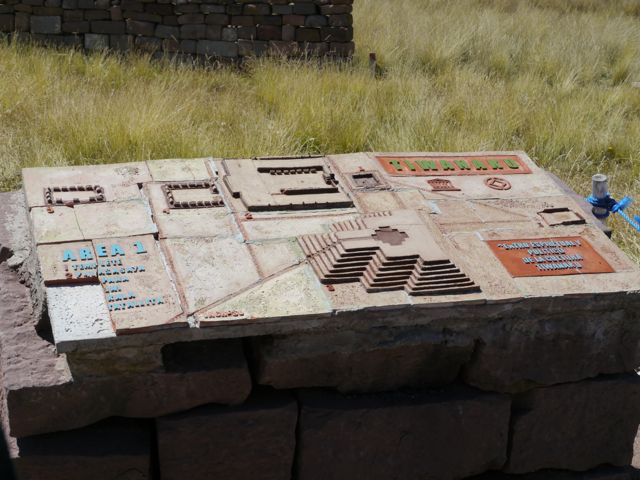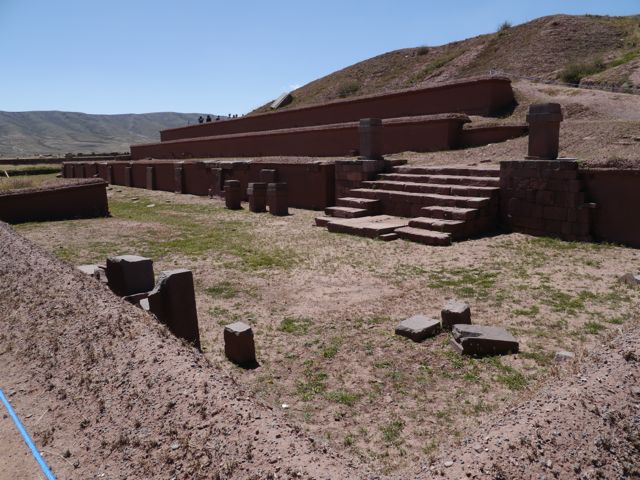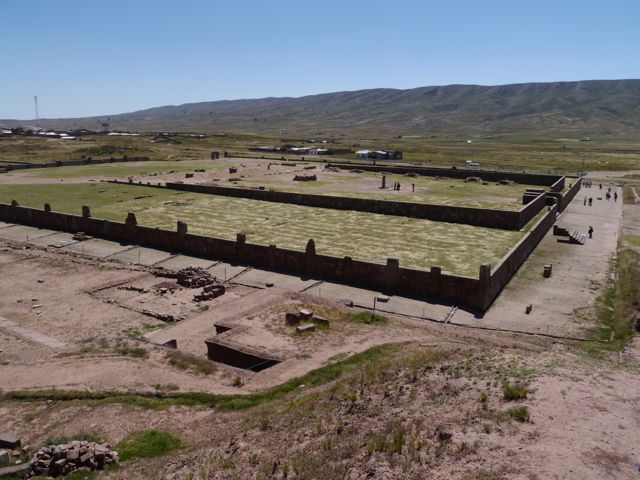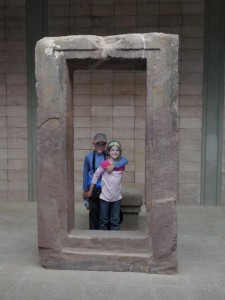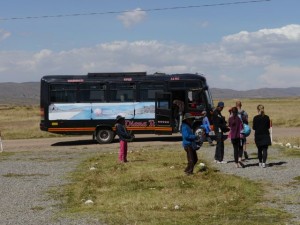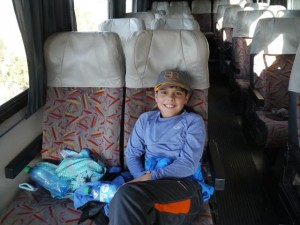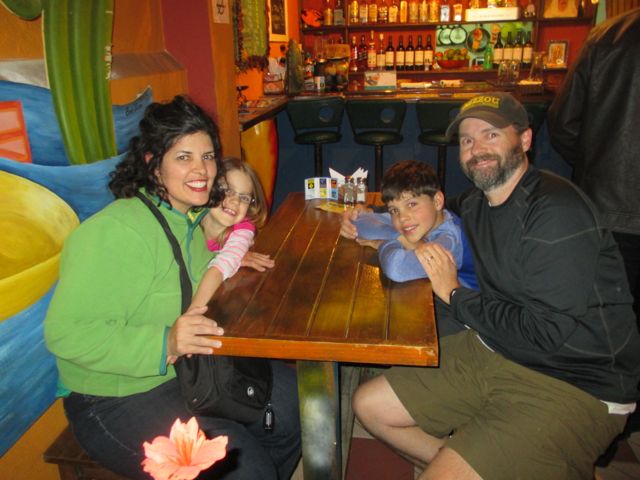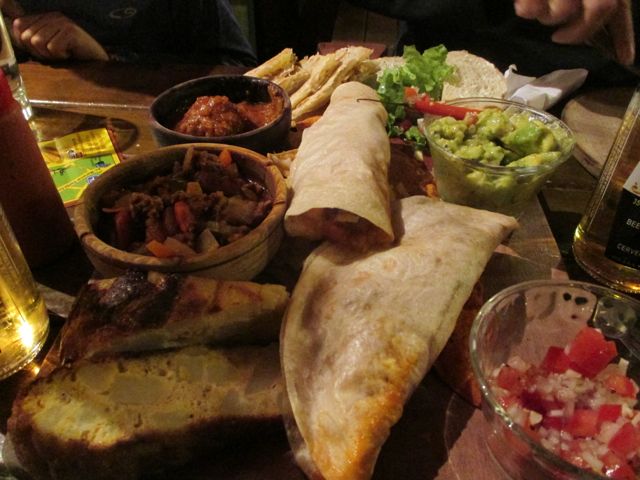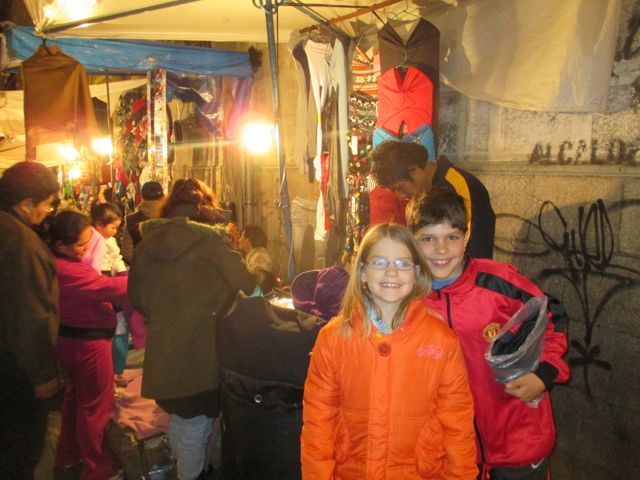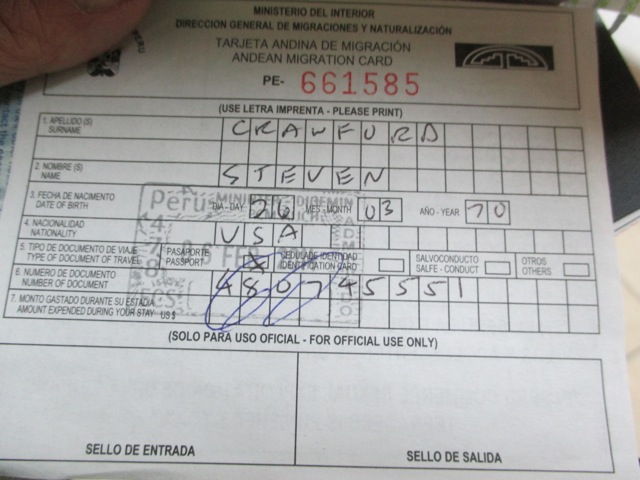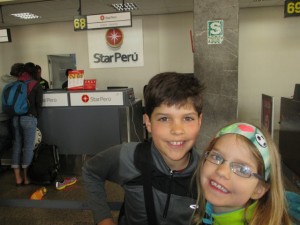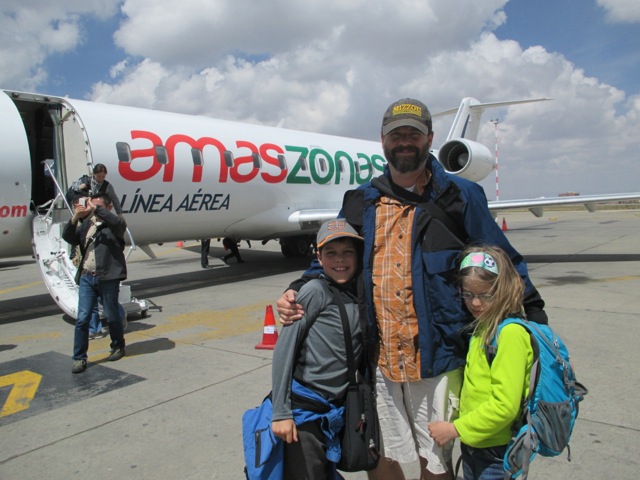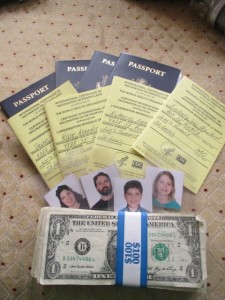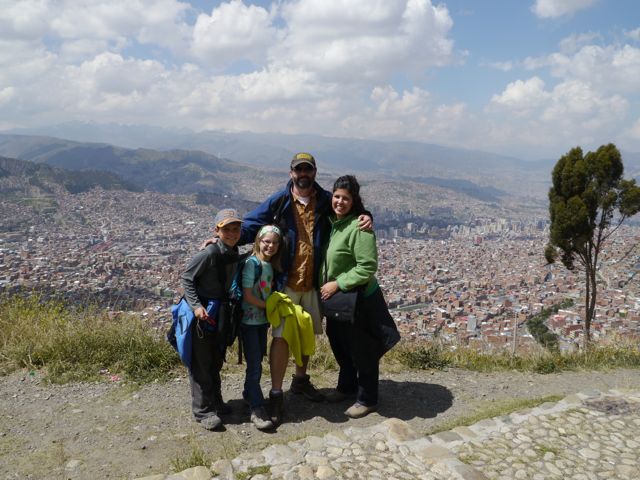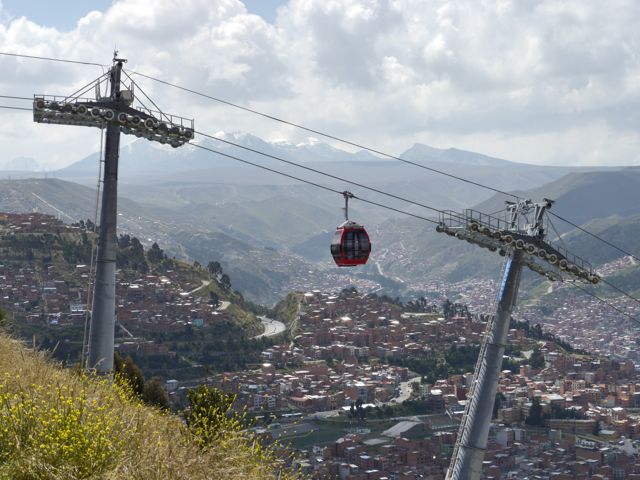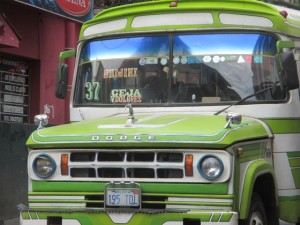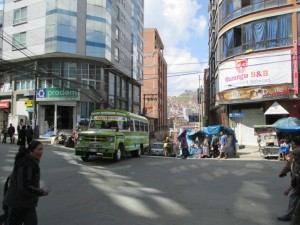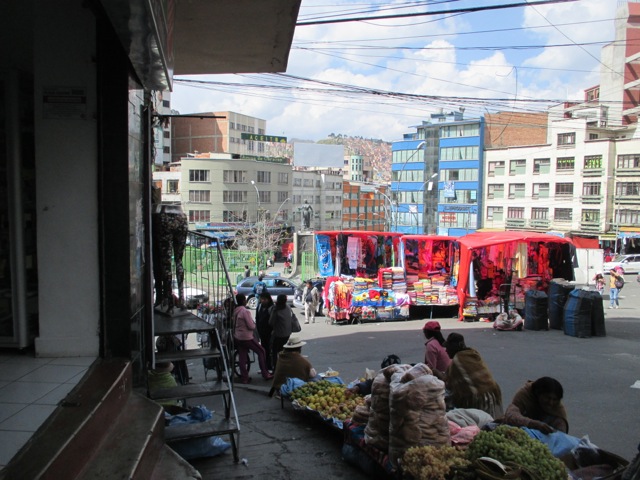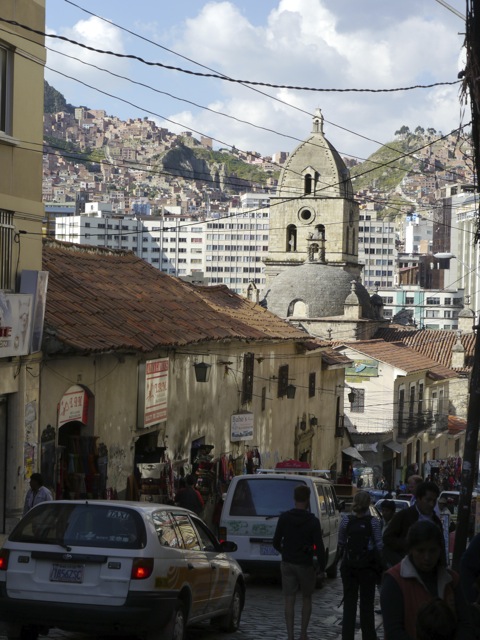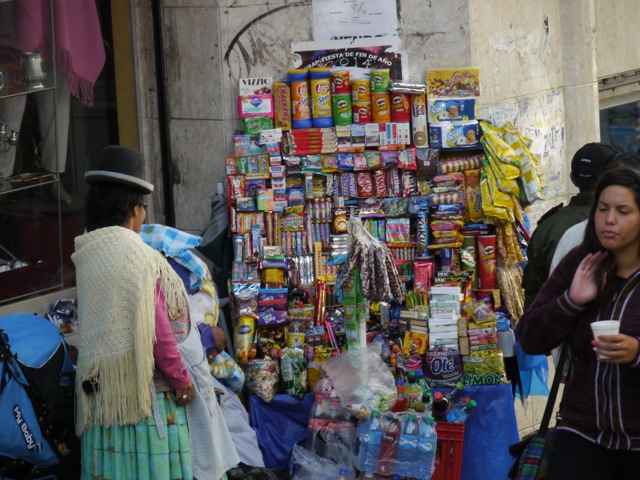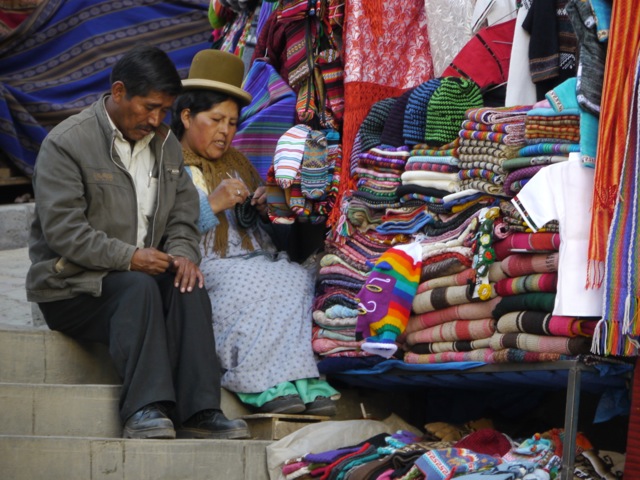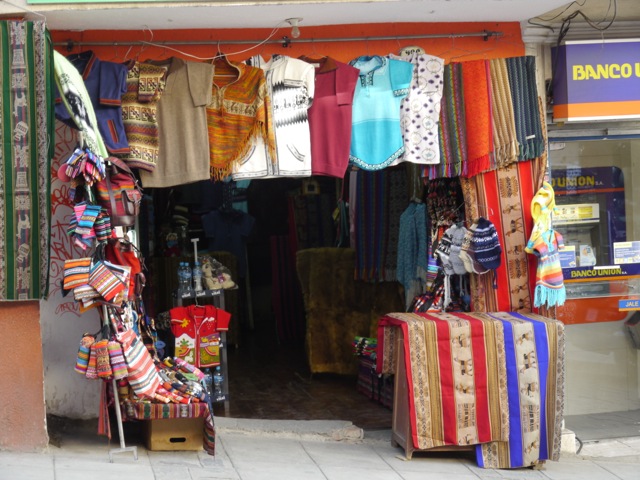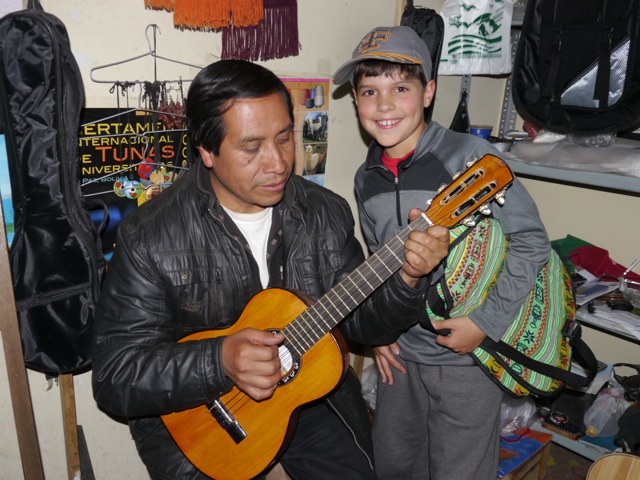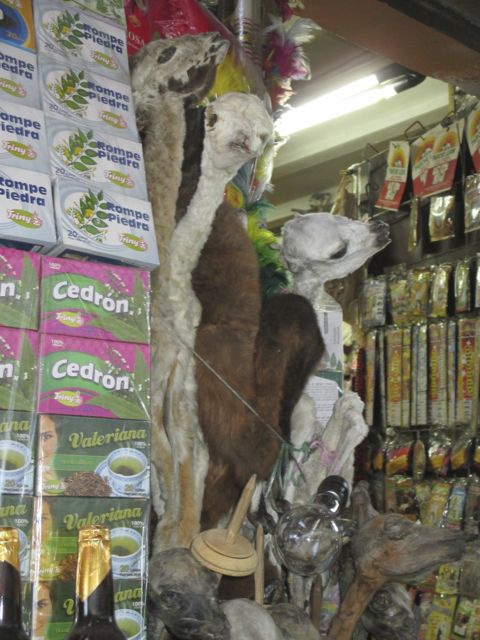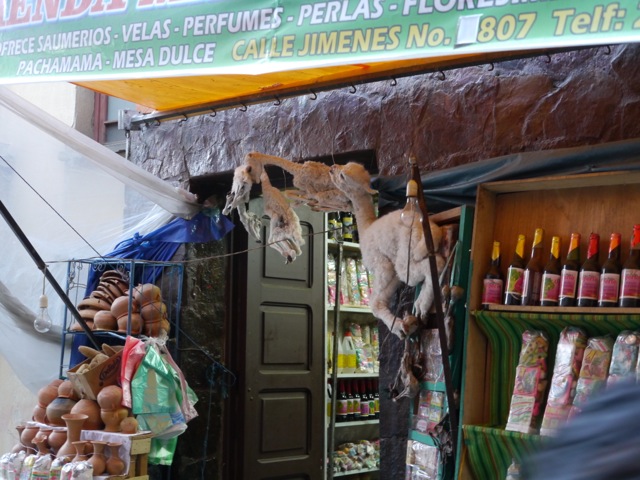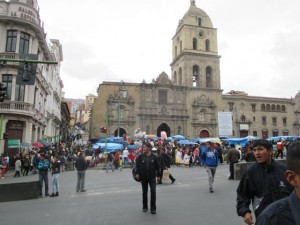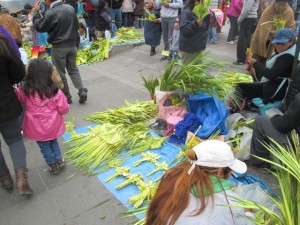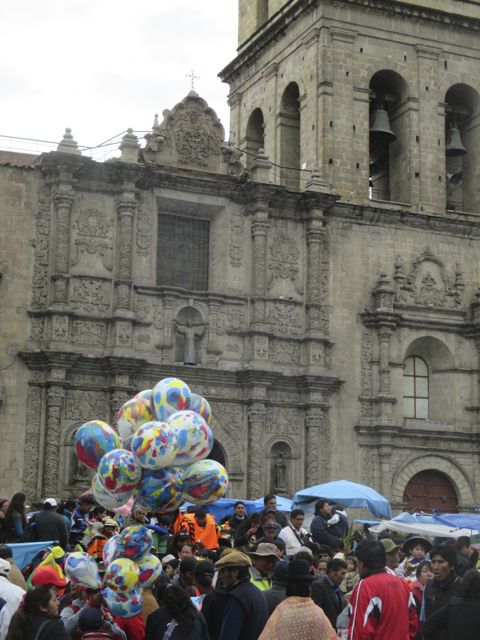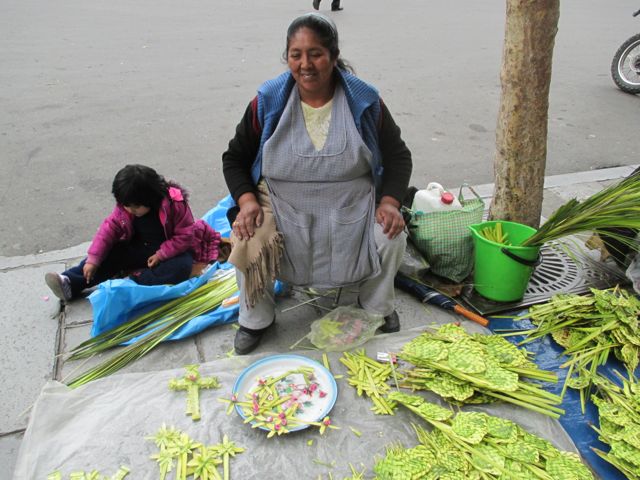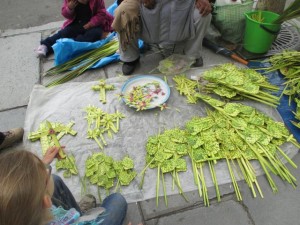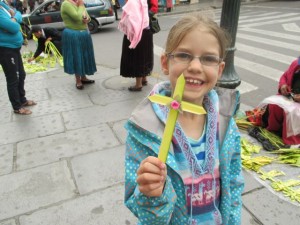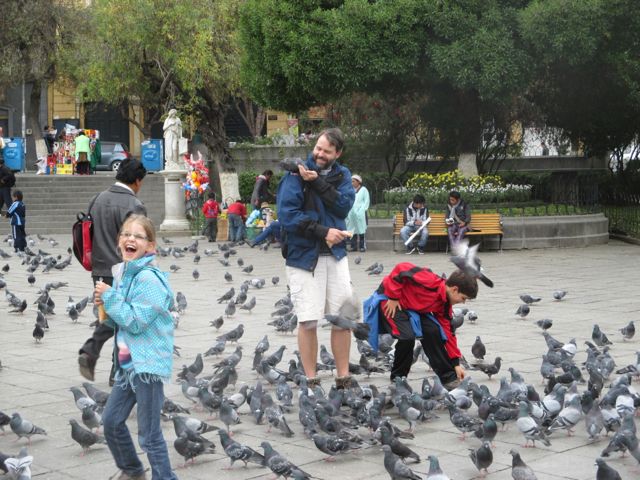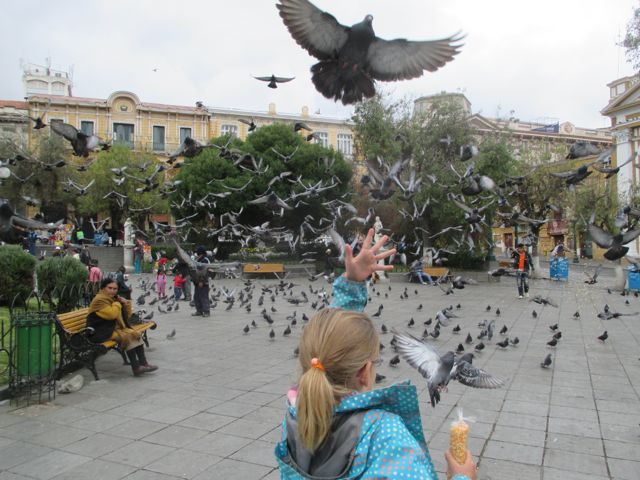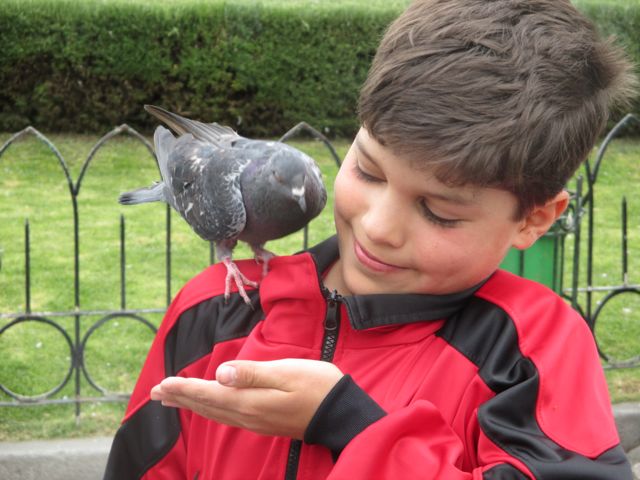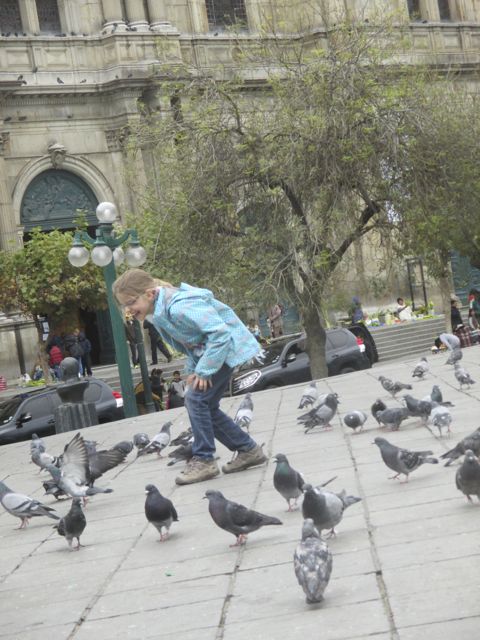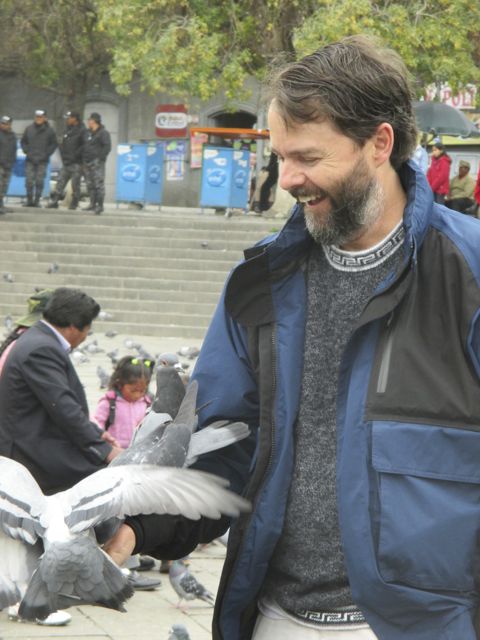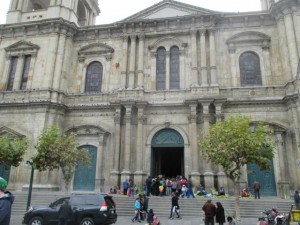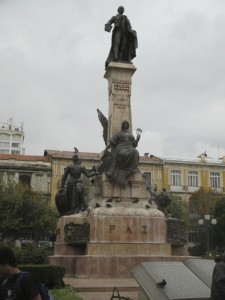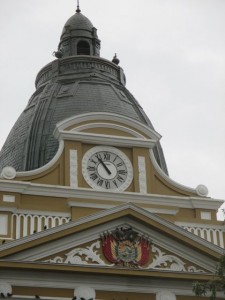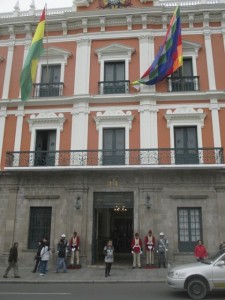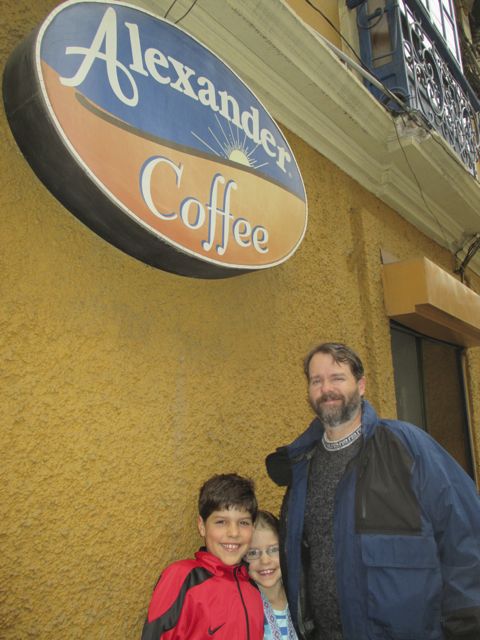Expectations are evil. As much as I try to be a “realist” (read: pessimist), from time to time, I get way too excited about something upcoming. Movies, Books, Restaurants, People, and especially Cities all fall victim to not meeting expectations. If I don’t know anything about you, and you turn out to be “pretty OK”, I’ll think you are great. If I hear nothing but great things about you, and you turn out to be “pretty OK”, I’ll think you are a disappointment.
I knew nothing about Sucre, Bolivia before we got there. Sucre is really nice. It’s fair to say that I had “Sucre-Fever” for the 3 days we were there. I really fell in love with the place, and started fantasizing about living there.
Similar to Cusco Peru, Sucre is a medium sized city built into a valley at “high” altitude. Different from Cusco Peru, it was basically established by the Spanish and is a “colonial” town. Which seems to lend to a couple of things… more consistent architecture (Spanish), and a much more European feel. Even the people seem European, they are not the indigenous hill people that you see in Cusco.
The historic area is very clean and manicured. While I’m sure tourism is significant here, it is not “in your face”. There seems to be a fair amount of civic pride, and lots going on.
Generic Sucre Pics:
We arrived unceremoniously via Bus from Uyuni. Our overnight bus made many stops and included many loud and rude passengers. Sleeping was difficult. The worst stop was in Potosi, where we were forced to move to another bus, and then sat in said bus for > 2 hours waiting for another bus coming in. It was horrid. We’ve had all variations of overnight travel, and this was the worst of the worst.
When we arrived at 3am, Kim found a taxi. Subsequently, another guy convinced the same taxi to take him too. We all 4 ended up crammed into the back of a small car. I was not happy.
We arrived at “Casa Verde” (they were expecting us), and before we could gain our senses, Kane had rung the bell 4/5 times. The sign clearly states to ring once! An old guy answered in his bathrobe, and he was not pleased. At least he had concern for his other guests, and I don’t really blame him. He turned out to be a pretty decent guy from Belgium I think.
Casa Verde was amazing. A boutique bed and breakfast, very tastefully remodeled, with incredible attention to detail. A Beautiful courtyard, with an enclosed pool was just outside the living/dining room area where we had breakfast each morning. The place felt like a 4 star lodge in Switzerland. All the furniture was hand-made from solid Oak and it was gorgeous.
The historic district of Sucre was a short 5 minute walk from our place, and is also interesting in that all of the buildings are freshly painted a crisp white. Our first stop there was a museum recommended by our host, the MUSEF. It was FREE! And though we could not take pictures, the exhibit on native masks was AMAZING. They had 3 rooms filled with masks, and the presentation was stunning. The masks were suspended in air, and the entire space was “black”… walls, floor, ceiling etc. There were spot lights directly on the masks. I can’t even describe it adequately.
After that, we went to the house of liberty where the declaration of independence was signed. We learned about Simon Bolivar, and how he actually helped (along with San Martin) to liberate several countries in South America. They didn’t want the Spaniards to have a base from which to attack and regain control of Bolivia! These guys were all trained in Europe together, and plotted their revolutions there too!
The building was very nice and beautiful. I could not stop taking pictures of the tiniest details. We saw the declaration of independence. The hall where it was signed was closed for a “rehearsal”, and toward the end of the visit, we were able to enter. There was a classical guitarist playing in there, and the acoustics were amazing. Later, we learned that he was playing a concert there that night, so we attended. It was free too!
Concert:
I could hang out in the main square for days, it is so nice. Every angle and direction amazes me. Large trees, beautiful statues, landscape, and there is always a surprising view of one of the magnificent, white, spanish buildings peeking out at you.
Some other things we did here, included:
1) Walked to the top of the cupola at the police station. This was interesting (especially the tiny, rusty, spiral staircase at the top), and offered great views of the city.
2) Visited the worlds largest set of dinosaur footprint fossils. The cement factory outside of town found them by accident, and subsequently, a nice museum was opened to visit them.
Dino Tracks Museum:
3) Went for a drive and hike in the country. Our nice taxi driver (who is a history teacher and has visited the US), who took us to the dino prints, also took us to the waterfall hike, and actually did the hike with us! It was great to get out into nature.
Waterfall Hike:
4) After dinner one night, Kane wanted to find a homeless person to give his leftover food to. By chance, we stumbled onto a parade around the square celebrating good friday. It was a funeral procession for Jesus, including a glass coffin. It was quite moving.
Jesus Funeral
5) We spent a lot of time hanging out at Casa Verde, reading books and watching with the kids swim. We also met some nice people traveling there.
6) When our time with our taxi driver was over, he dropped us off at a super nice park. He had told us that the ice cream there was “all natural” and good. It was excellent. The park was dinosaur themed, and also really nice. The kids had a great time exploring the park, and Kim and I had a great time just hanging out on a bench. One time, the kids came running back giggling, and told us about how another kid was throwing up on a spinning ride. On our way back by, Kane showed me just as some other girls discovered that they had sat in the vomit!
Dino Park:
The trip back from Sucre to Cusco was quite an adventure as well. We flew back La Paz, Our plan was to take a taxi to find a collective to the border. Our taxi driver offered to drive us to the border, and we took him up on it. It was so weird, and so easy for us! In hindsight, we probably paid 20 bucks too much, but it was nice to just stay in the cab and go.
At the border, we got a bicycle “tuk-tuk” taxi to carry our bags over to Peru. It was “free”, the guy was working for tips. Immigration on the Peru side was slowed down by lunch breaks, but all-in-all it was not bad. On the other side, we negotiated for a taxi to the Puno bus station (city on lake Titicaca).
The bus to Cusco didn’t leave for several hours, so we bought tickets, and grabbed a cab downtown. It was nice to have 4 hours to burn in Puno. We had a nice dinner, and explored the historic district a bit. The Cathedral at night is magnificent.
Adventure from Bolivia to Peru:
Then, a short cab back to the bus station, and a hour or so wait. We used the cadillac busline… Cruz Del Sur, and as a result, it was uneventful and nice. It’s so weird that by this time Cusco felt so much like home. We were glad to be home!











































































































